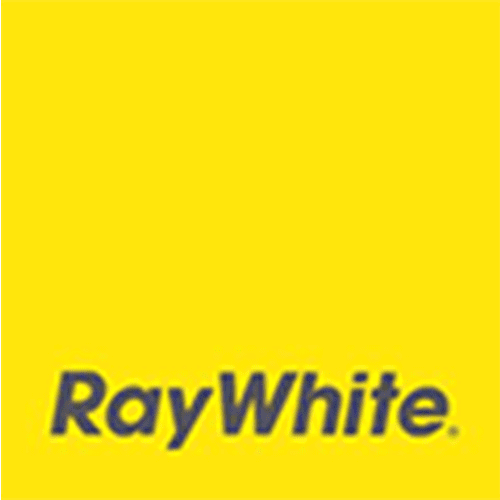METHAMPHETAMINE
Methamphetamine information for investors
Methamphetamine, or ‘P’, is a major issue facing New Zealand landlords. It’s important for all investors to understand their responsibilities around Meth, as well as the very real risks it can present for you, your tenants, and your property.


What to know
What landlords need to know
With a Ministry of Health survey revealing that at least 1% of the general population would class themselves as a ‘regular user’ of Meth, it’s an issue that isn’t going away anytime soon. Damage caused through the use and production of the drug can lead to serious health problems for those who live in contaminated properties, as well as significant financial implications for owners of affected properties.
Insurance companies across NZ are reacting to the ever-increasing Meth-related claims, and have implemented many policy changes as a result; including increased cost of premiums for landlords, higher excess amounts, and a lowering of claim caps to levels where, in many instances, your cover may not pay for all remediation costs.
Best practice
Best practice tips for landlords
There’s no law stating that Meth testing is a requirement for landlords, but we recommend pre-tenancy baseline and post-tenancy testing are the most effective ways to help protect yourself and your investment, as well as strict tenant vetting.
Get pre and post tenancy tests: Having your property professionally tested prior to any tenants moving in is the only legitimate way to pick up on any presence of Meth. When the tenancy ends, you’ll need to have the property tested again to determine if there’s been any contamination by the tenants and if there has, a negative pre-tenancy result means you’re well positioned to take action against the tenants.
Strict tenant vetting: Prevention also stems from stringent tenant selection and thorough initial vetting of all the applicants who apply to rent your property. Tenancy Agreements that allow you to test for Methamphetamine during a tenancy (if required and where correct notice is given) is also crucial.
Insurance
Methamphetamine and insurance
Customers of one of New Zealand’s largest Insurance parent companies have been told they’ll now pay a higher excess for meth-related claims and that contamination of property contents will no longer be covered.
Premiums and excess
All homeowner policies (not just those for landlords) will be affected by the change and will also see an increase in the standard excess amount charged for meth-related claims to go from around $400 to $2,500. Methamphetamine claim payouts are also now to be capped under this provider at a rate of $30,000, although in some situations remediation costs can go well over $50,000. This means that if you have a non-landlord specific insurance policy, your premium and excess payments will likely be on the increase as your overall cover might be decreasing.
Contamination costs
Another area investors should check is their insurance cover and the ongoing costs associated with any contamination. These costs can range from low to high but most significantly, the loss of rent during contamination remediation can be the real stinger, because your property can’t be re-tenanted until there’s proof contamination has been removed. Not only can the clean-up of contaminated properties cost a lot; it might require multiple re-tests of the property, so it’s important that you check your landlord insurance policy for this.
How can Austar Property Services help protect your investment?
Our Ray White Austar property managers have access to tenancy law specialist advisors and a comprehensive Methamphetamine risk management policy to educate staff on how to recognise and deal with any Methamphetamine activity at one of our managed properties. Our Tenancy Agreements also include all the appropriate clauses and acknowledgements.
Testing and decontamination
Testing and decontamination standards
In June 2017, Standards New Zealand officially released the New Zealand Standard 8510 (NZS 8510), which places structure and regulations around Methamphetamine testing, clean up, and decontamination.
To see how Methamphetamine affects your investment and learn more about NZS 8510, we’ve created a helpful guide on what landlords need to know about Meth, or you can speak with your knowledgeable Ray White property manager.
